What To Look Out For - April 2017
After a great start to spring with late March sunshine it’s time to discover some of our new arrivals in Yorkshire’s wildest corners. This month Yorkshire Coast Nature’s Richard Baines focuses on birds nesting in our harshest places.
In the north of the county four species of wading birds nest in the North York Moors National Park. Curlews are one of the most well-known birds in our country; their wonderful bubbling song is as welcome a sign of spring as the high flying skylark. By the time early April arrives Curlew on the moors will be brooding eggs. On the nearby rocky coast however many of the Curlew we see in April are likely to be heading back over the North Sea to breeding grounds in Scandinavia. I have seen small flocks of Curlew flying at dusk in tight formation straight out to sea on their way to northern Europe.
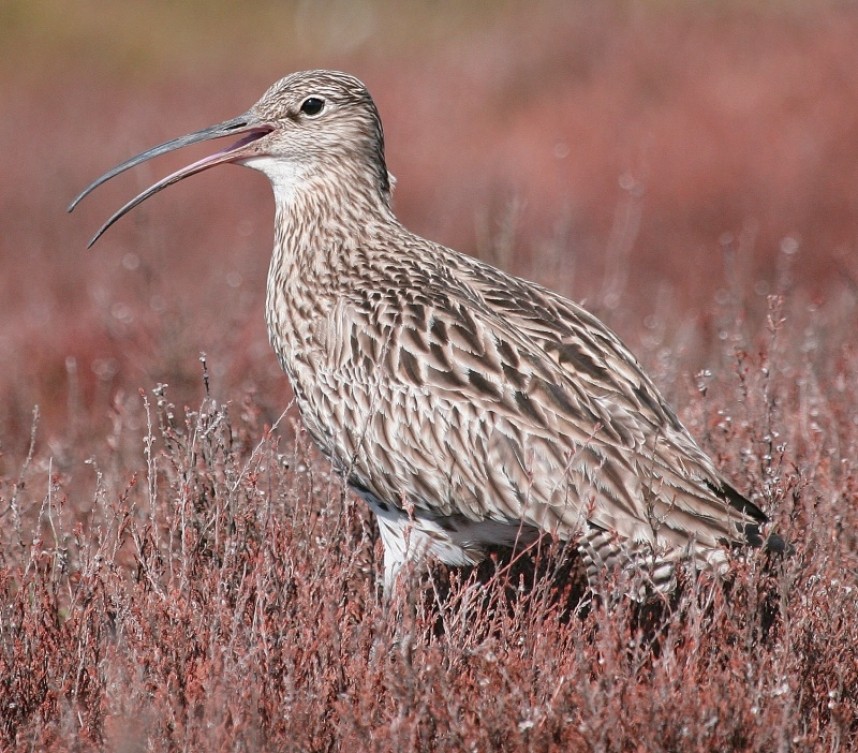
Curlew © Dan Lombard
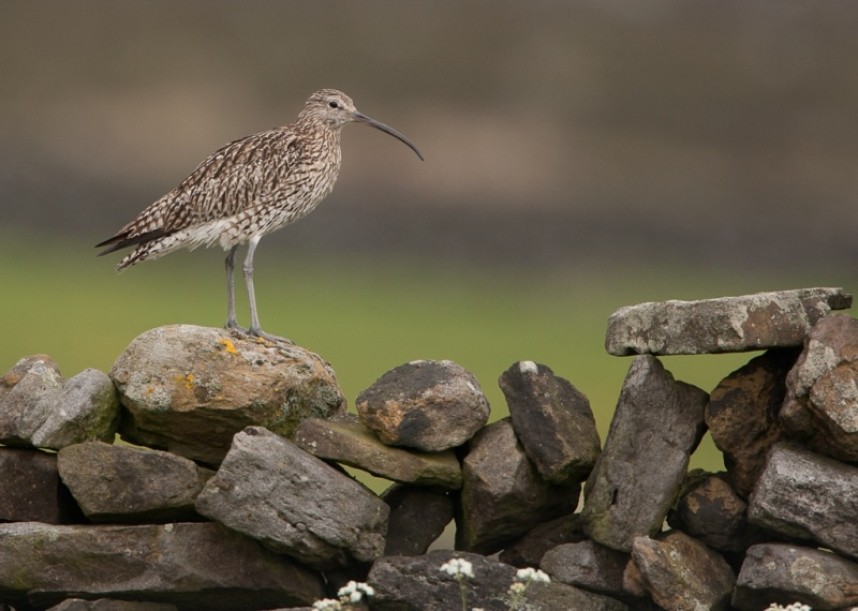
Curlew © Steve Race
On the highest open ground of the moors listen out for Golden Plovers singing their beautiful courtship song. They can be difficult to see as they can climb to a great height above their territory. The birds in North Yorkshire are some of the most southerly nesting Golden Plover in Europe. Many more nest as far north as the Arctic tundra where they seek out open wet ground with moss and shallow pools.
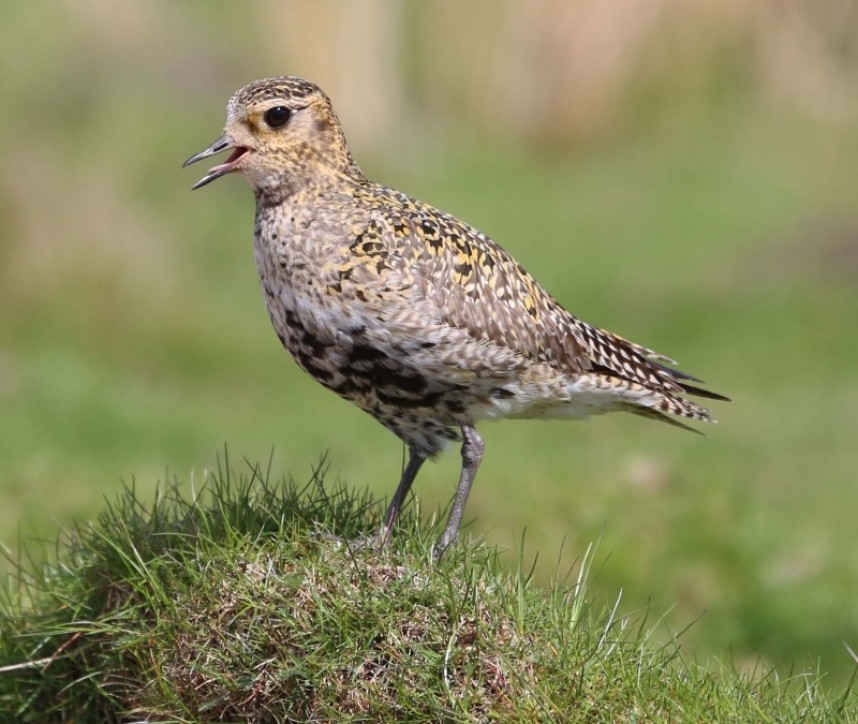
Golden Plover (female) © Richard Baines
By the side of the moors roads near closely grazed turf is often the best place to look for Lapwing. Their spectacular bottle green feathers can be seen in good light along with their wonderful head crest. They have been a popular bird in folklore for centuries with many alternative vernacular names; Peewit, Green Plover, Flopwing and Old Maid being a few.
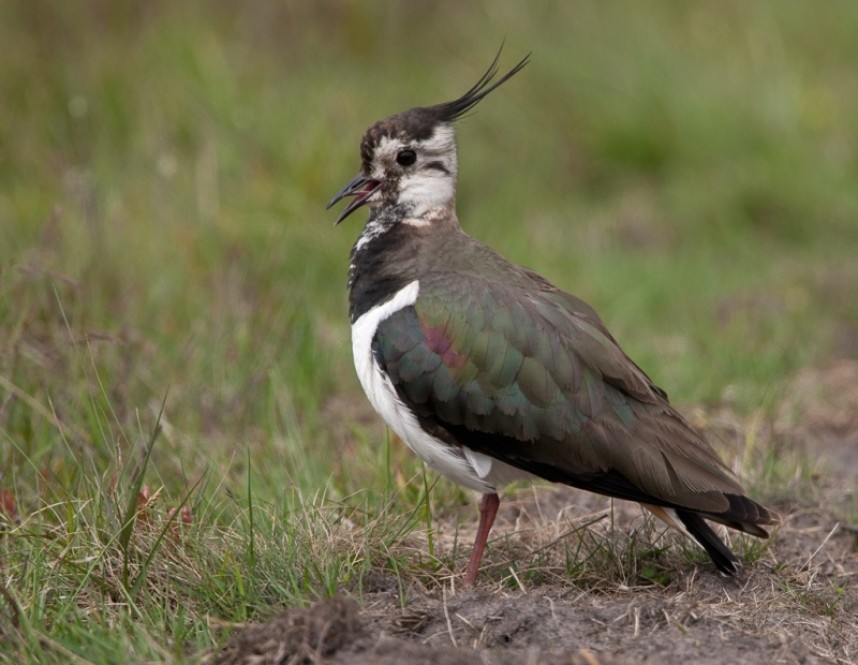
Lapwing © Steve Race
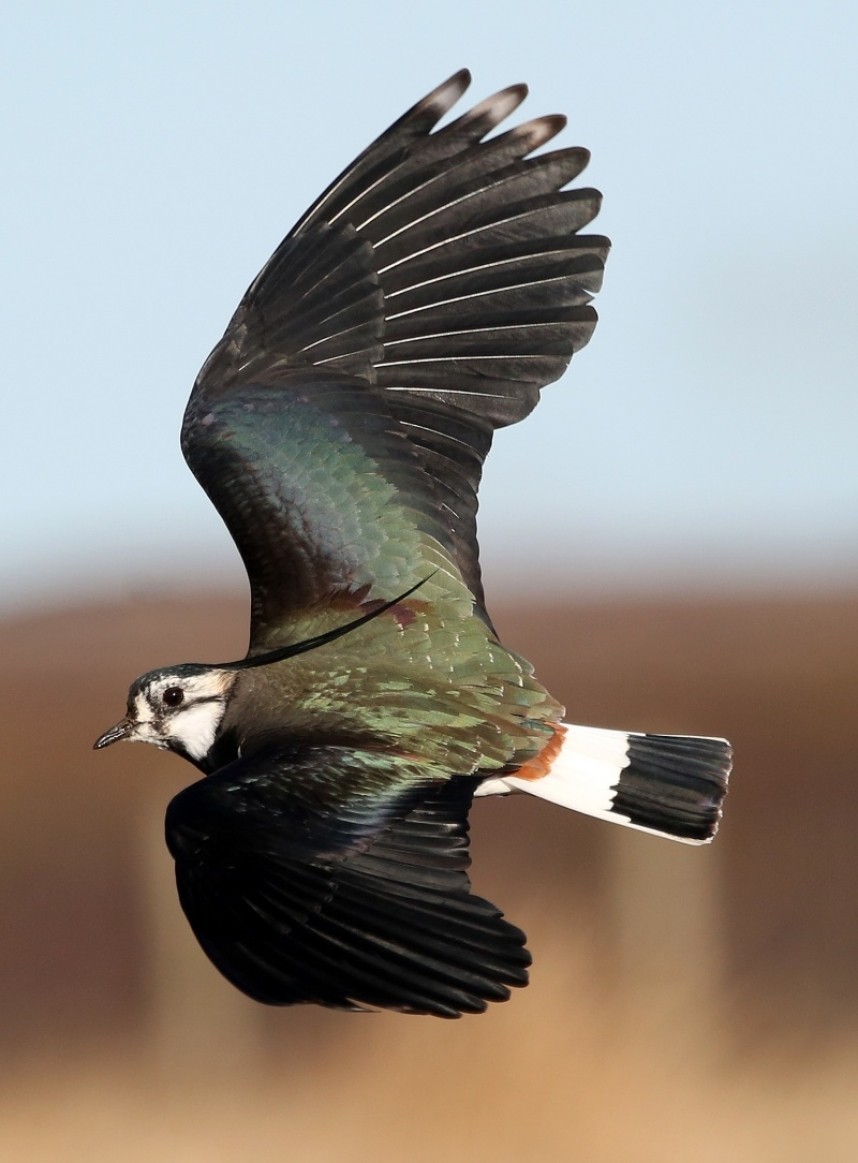
Lapwing © Dan Lombard
The most difficult to find of the four waders is the secretive Common Snipe. Whilst they are not as prolific as they used to be they can still be found in good numbers close to waterlogged ground on the moors. Get up early because the best time to spot them is just after dawn. Look out for the males as they sit out in the open often on top of a post or wall making their ‘drumming’ song. This sound is made by their tail feathers flapping fast like tiny flags. The sound was recorded by researchers when Snipe climbed up to approximately 50m and then dropped at speeds of between 31 and 56mph. The special feathers are then stuck out and vibrate to produce the sound. The faster they fly the higher the sound, but the adaptation of narrower feathers in different species of Snipe produces a greater variety of pitch.
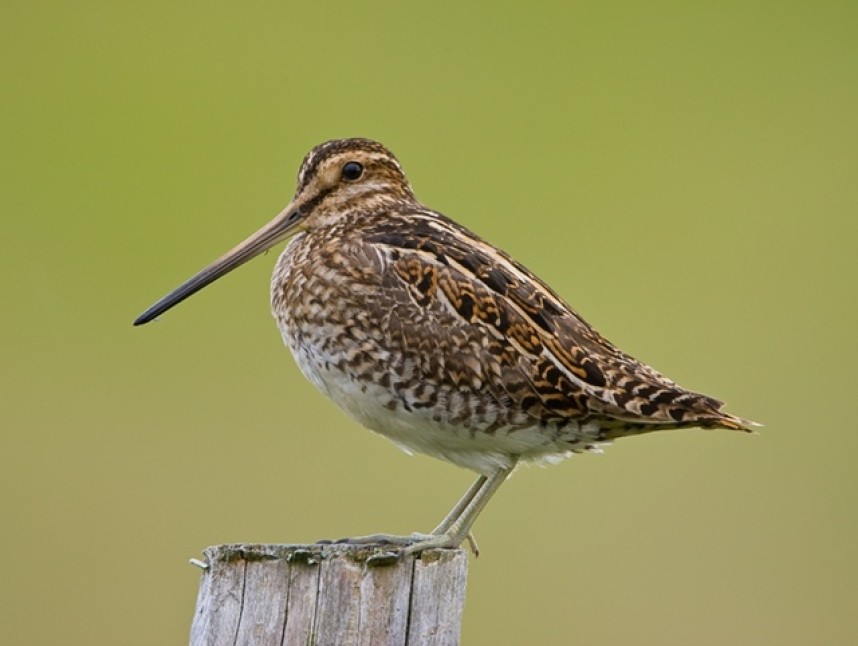
Common Snipe © Steve Race
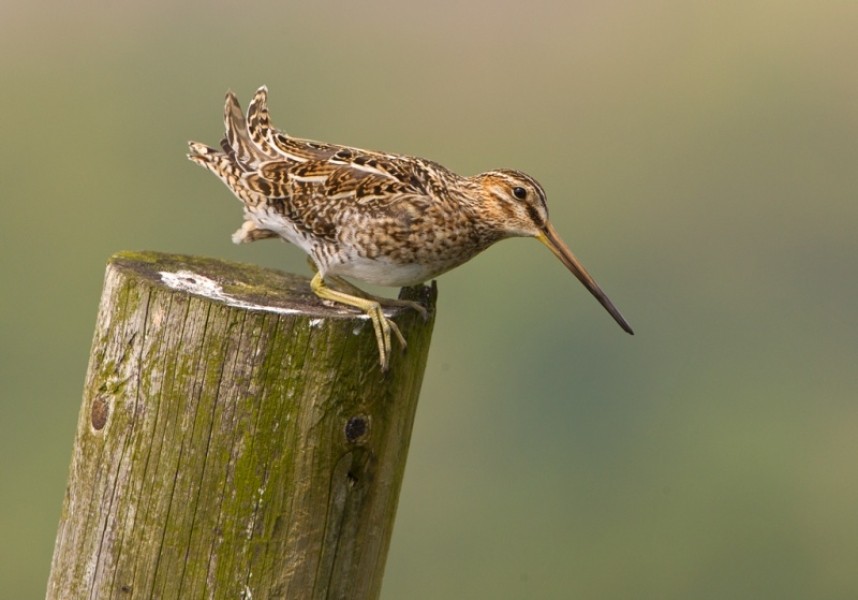
Common Snipe © Steve Race
Amongst the wading birds and sheep, look out for a small songbird a little bigger than a Robin standing upright on a rock or open ground. Most Northern Wheatears arrive from Africa in April. They increase in numbers on the North York Moors throughout this month but most of these birds are actually moving through on migration. Wheatears nest as far north as Greenland and many of our spring birds are on their way north. These northern birds have evolved longer wings for their extended journeys. They also have greater and brighter colour on their breast and sometime onto the belly. A few southern birds do stay to nest in our region where they seek out rocky places and stone walls.
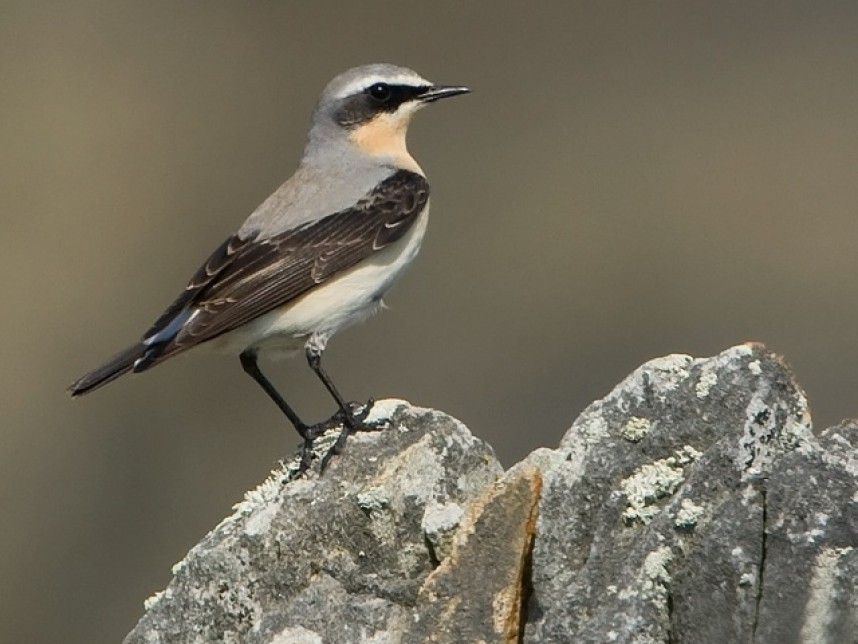
Northern Whetear (male) © Steve Race
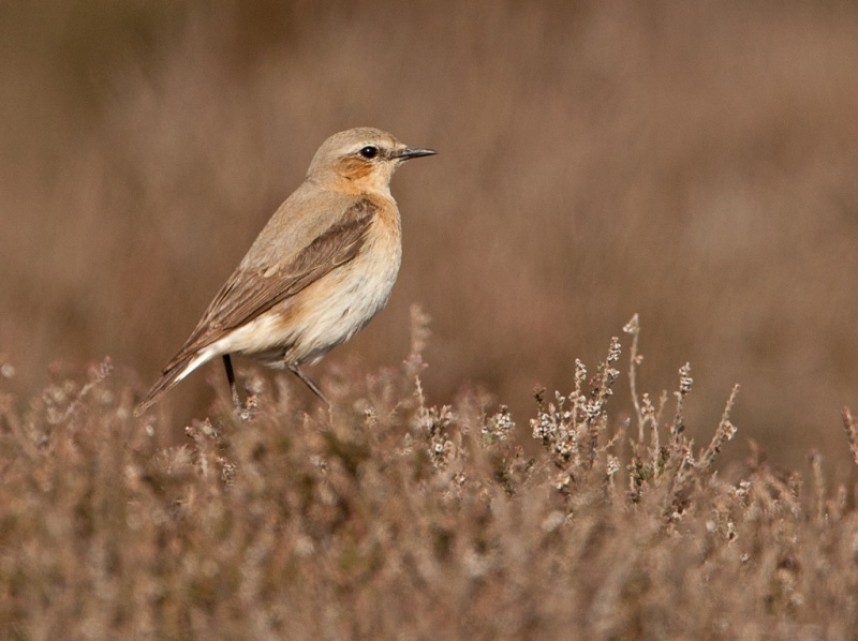
Northern Whetear (female) © Steve Race
When driving across the North York Moors National Park at this time of year, please be very careful on the roads. As well as lambs and sheep many birds such as Lapwings can easily be hurt or killed by careless road users.
Richard Baines YCN



 Back to Blog
Back to Blog
